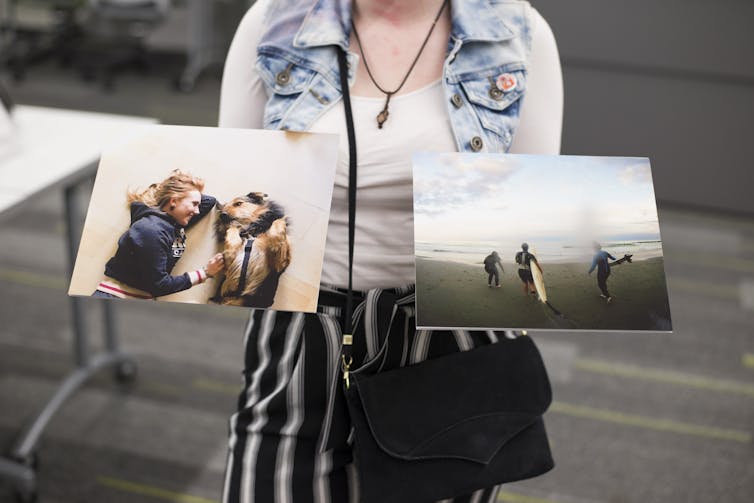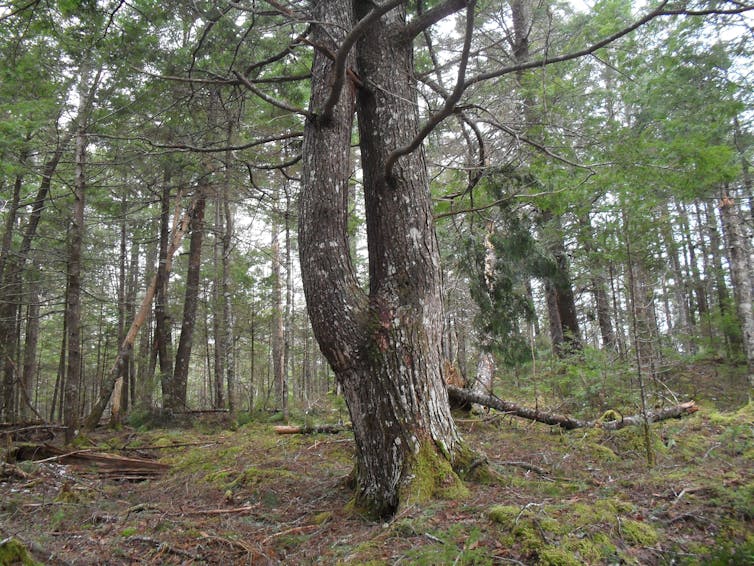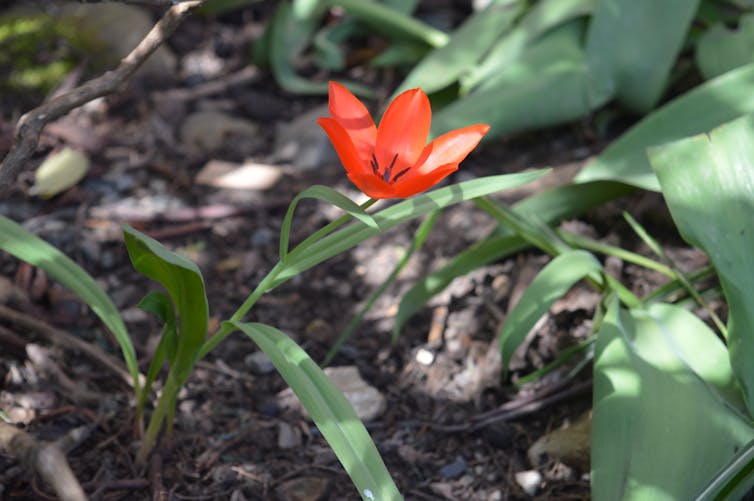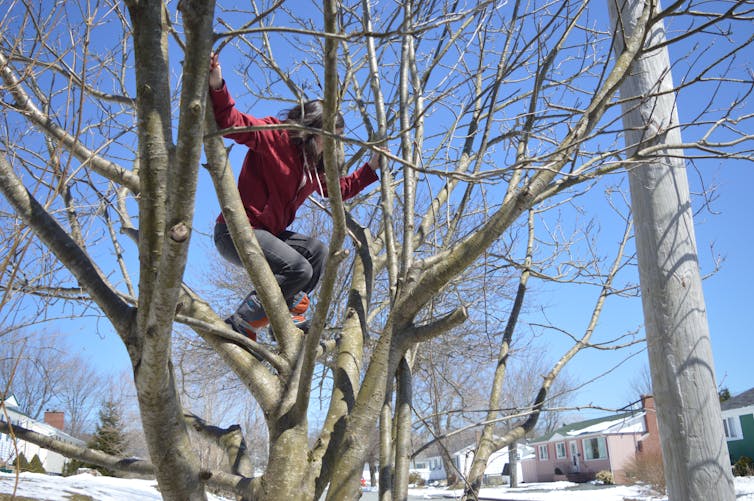This article was originally published on The Conversation, which features includes relevant and informed articles, written by researchers and academics in their areas of expertise and edited by experienced journalists.
Rebecca Spencer is an Interdisciplinary PhD Candidate in Health Promotion at Dalhousie University. Sara Kirk is Professor of Health Promotion and Scientific Director of the Healthy Populations Institute at Dalhousie University.
Supporting girls and women in their efforts to be physically active must become a global public health priority. Preliminary results from our research at Dalhousie University suggests that access to nature may be key to achieving this.
A recent study in The Lancet Global Health pooled global data from the past 15 years and showed persistent and worrying trends: Women continue to get insufficient physical activity, and the gap between activity levels of women and men is widening.
Similar trends are seen in girls aged 12 to 17. Only two per cent meet the requirements of the Canadian 24-Hour Movement Guidelines — which include adequate sleep and at least 60 minutes of moderate-to-vigorous physical activity.
Our own review of the evidence also found that girls have complex relationships with physical activity, requiring an ongoing negotiation of gender roles and stereotypes. They have to navigate cultural narratives focused on the “body” in many parts of their lives every day. They are expected to be pretty but to appear natural, to be thin but not too skinny, to be fit but not too muscular.
We are currently engaged in research to explore the health of adolescent girls and young women through a technique called photovoice, in which participants take photographs to represent their own experiences.
Flowers, trees, and water
In this study we asked seven research participants to take photos to explore their health, nutrition, and physical activity experiences and to bring them back to discuss in a group, and look for themes or trends.

They found themes relating to challenging norms and stereotypes and to the importance of social support and confidence. They discussed their perceptions that “everything is gendered” and that there are activities girls are “supposed to do.” They talked about sometimes feeling excluded from sports dominated by boys, and expectations around what girls should wear while being active.
They also discussed how they challenge those norms. The girls, for example, took photos engaging in non-traditional physical activities like aerial circus silks and climbing trees in skirts. They also stressed the importance of support from friends and family to feel safe in challenging norms. There was also a surprising finding: the emphasis they placed on being outside in nature.
Although nature and the environment were not part of the intended research purpose, being outside emerged as important. Many of the girls and young women shared photos of natural elements, like flowers, trees and water.

They also took photos of themselves, their friends and families engaging in physical activity outside. This most often included general active outdoor play, but also, more specifically, activities like hiking and camping.
We learned that nature provided important context for these girls and young women to feel comfortable, safe and confident to navigate the complex gender norms around physical activity.
Safe spaces outdoors
A recent review shows that, due to urbanization and parental fears, youth are less connected to nature than ever before and are missing out on health benefits as a result.

This trend is duplicated in popular culture, with books, songs and films depicting nature less and less over time.
Similarly, a large-scale survey in the United States shows youth spend more time with technology than nature but also indicates they value their time with nature and need more opportunity for that connection.
With the United Nations’ recent warning that we have only about a decade to alter climate change without devastating consequences, engagement with nature has never been more urgent. This can be done through encouraging outdoor play, supporting active transportation and providing safe spaces for women and girls to participate.
Achieving gender equity
Interestingly, the evidence indicates that women face barriers to experiencing nature.
Gendered expectations, fear for their safety and feelings of objectification and vulnerability mean girls and women have to negotiate these feelings in order to participate in outdoor recreation.

Achieving gender equity is a key challenge for the 21st century, reinforced by the United Nations Sustainable Development Goals, which also highlight the importance of nature, environments, sustainability and health.
The benefits of physical activity to mental and physical health are extensive but are not being realized by half the population. Studies are starting to explore gender and the outdoors, while the importance of nature to women is gaining momentum.
But there’s more to do to determine how this finding can support gender equity. The importance of nature for health promotion is an emergent trend in research, and the focus of the upcoming International Union for Health Promotion and Education Conference.
Can nature be the key to promote physical activity among girls and women? More research is needed to know for sure, but it certainly shows promise.![]()
Read the original article on The Conversation.
Dalhousie University is a founding partner of The Conversation Canada, a new-to-Canada online media outlet providing independent, high-quality explanatory journalism. Originally established in Australia in 2011, it has had more than 85 commissioning editors and 30,000-plus academics register as contributors. A full list of articles written by Dalhousie academics can be found on the Conversation Canada website.

